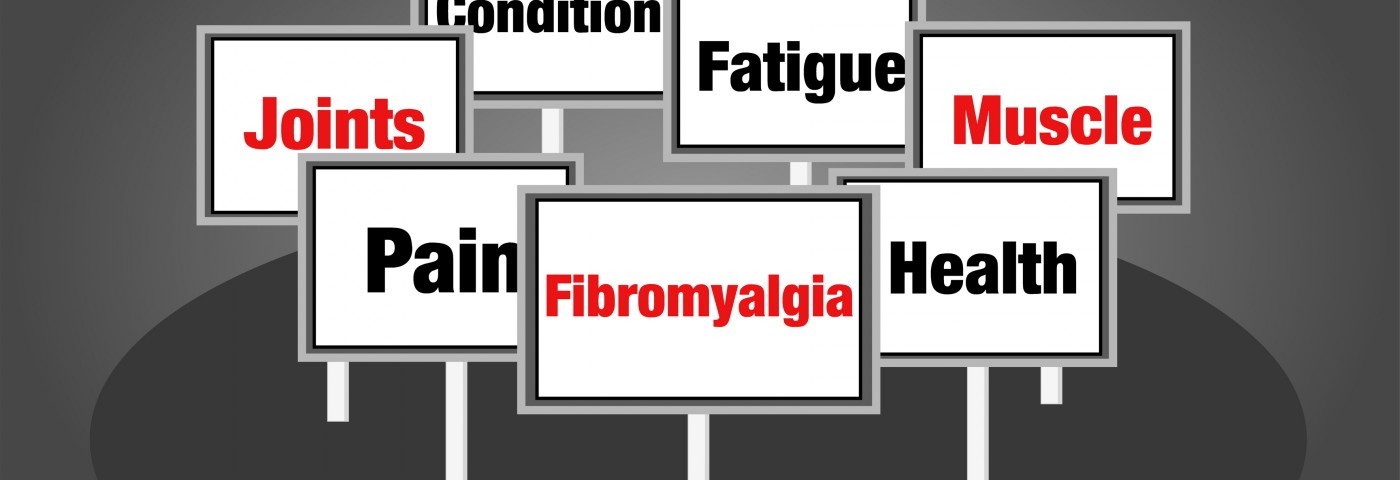Low-pressure hyperbaric oxygen therapy (HBOT) is comparable to a two-month program of low-impact physical exercise in easing pain, and increasing endurance and function in women with fibromyalgia, a small study suggested.
As such, HBOT may the optimal approach for women with high levels of pain and fatigue, its scientists said.
The study, “Comparative study of the effectiveness of a low-pressure hyperbaric oxygen treatment and physical exercise in women with fibromyalgia: randomized clinical trial,” was published in the journal Therapeutic Advances in Musculoskeletal Disease.
Physical exercise is a common non-pharmacological treatment for fibromyalgia patients. In particular, low-intensity exercise has been shown to reduce perceived pain, resulting in lesser fatigue and a better quality of life.
However, the widespread pain experienced by patients can make exercise difficult. As such, alternative non-pharmacological therapies to ease pain and fatigue need to be investigated.
HBOT involves delivering a high concentration of oxygen in a pressurized chamber to increase oxygen levels in the body and induce healing.
High-pressure HBOT has been reported to improve life quality and raise a person’s pressure pain threshold. Still, side effects including fatigue, damage to the middle ear and eyes, as well as an increased risk of oxygen poisoning that can lead to lung failure are associated with this approach.
Researchers at the University of Valencia in Spain conducted a study (NCT03801109) to compare the impact of low-pressure HBOT to physical exercise on fatigue, pain, and endurance in women with fibromyalgia. Notably, prior studies of oxygen therapy did not compare the approach with a different type of treatment.
Their study included 49 women with a mean age of 53. They reported generalized pain, and were under pharmacological treatment for more than three months without improvements.
Of these, 16 women were randomly assigned to low-intensity physical exercise, 17 received HBOT, and 16 patients were given no intervention as a control group.
The physical exercise program included two hourly sessions each week for a total of 16 sessions. Exercises included a 10-minute warm-up, 40 minutes of training, and 10 minutes to cool down. They were planned according to a progressive design, with the first four sessions intended to help participants adjust to the program.
Women had to repeat each exercise as much as possible. Overall, the program addressed endurance and coordination, using dumbbells or weights. Coordination and flexibility exercises included flexing heels up and down, sitting down and getting up from a chair, stepping up and down, and throwing a ball into the air to catch it.
Low-pressure HBOT consisted of 40 sessions lasting 90 minutes each, with five sessions each week. Pure (100%) oxygen was used at 1.45 atmospheres absolute pressure. Oxygen purity at 97% was applied with a mask inside the chamber.
Control group patients were asked to continue with medication and previous physical activity without change.
Assessments were conducted before and after the intervention. To limit bias, both the physical therapist who conducted the assessments and the statistician were unaware of group allocation.
Perceived pain was measured by a visual analog scale (VAS), in which zero indicated no pain and 100 equaled maximum tolerable pain. Use of HBOT was seen to ease pain by about 2.5 points. No such benefit was seen in the exercise and control groups.
A pressure pain threshold (PPT), a measure of 18 tender points on the body, found that HBOT significantly lessened pain sensation in the elbow joint and gluteal (buttocks) points, while exercise achieved significant improvements in the back of the head and neck, ribs, cervical spine, and knees.
Control group patients reported significant PPT decreases in the back of the head, upper back, and shoulder.
An endurance test measured the distance walked in 6 minutes (6MWT). In parallel, participants’ fatigue, oxygen levels and heartbeat were analyzed. Findings showed significantly less fatigue after HBOT, and greater distance walked in both HBOT and exercise groups, with oxygen therapy showing a greater effect.
Physical performance was assessed using the Short Physical Performance Battery (SPPB), which included tests for balance, a short walk, and standing up from a chair five times.
The SPPB score increased significantly in both treatment groups, while it remained unchanged in the control group. The mean improvement was higher in the exercise group (1.4) than with HBOT (0.89).
Among the study’s limitations, the scientists included the small number of patients, not having men, and the lack of assessment during follow-up.
“The results suggest that both low-pressure hyperbaric oxygen therapy and an 8-week program of low-impact physical exercise improve pain pressure threshold in some muscles at rest, endurance and functional capacity measured as the amount of distance walked, as well as physical performance in daily life activities,” the researchers concluded.
“Thus, low-pressure hyperbaric oxygen treatment may be the treatment of choice in women with FM [fibromyalgia] reporting high levels of pain and fatigue,” they added.

